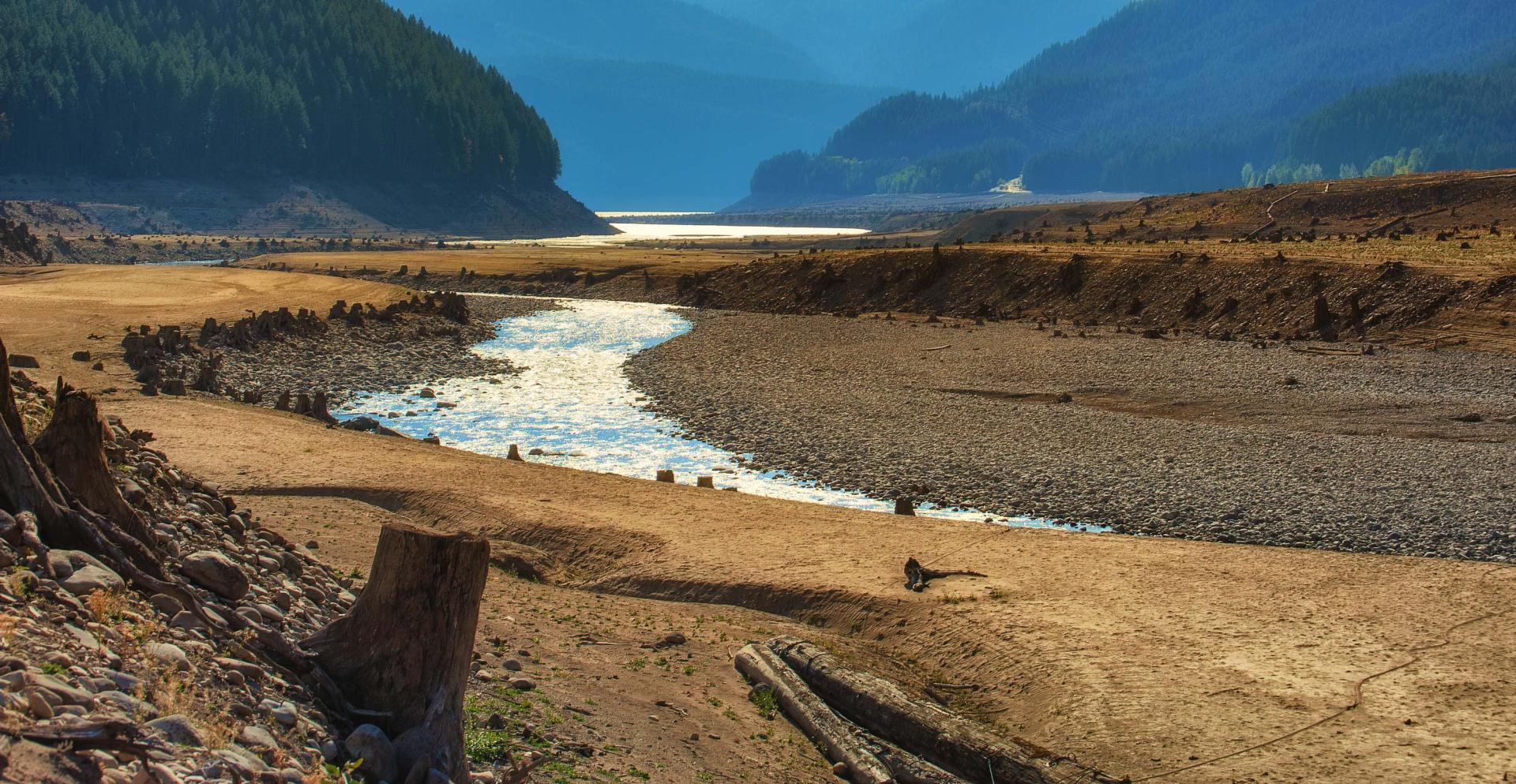Communicating About Drought
Drought communication is important not only for informing people about current drought conditions, but also for providing education and encouraging people to take adaptation action.
The Importance of Communication
Drought is a normal, recurrent feature of most climates around the world that is nonetheless complex and difficult to define, predict, and monitor. It is a "creeping" phenomenon that operates on a different timescale than a disaster like a hurricane, and impacts many sectors of the economy as it develops.
Because drought often emerges slowly, the damage it causes is gradual. People, particularly those who live in urban areas, may not even be aware that they're living in a drought-impacted area. Droughts do not typically damage a person’s private property in the same way that other natural disasters—such as tornadoes or hurricanes—do, which can reduce public concern about responding to drought.
It is important to communicate about drought to inform people about current drought conditions and to provide drought education. Effective drought communication encourages people to take actions—such as conserving water—that promote adaptation.

Public Perceptions of Drought
Research on public perceptions of drought found that the public believes that they—as a group—should be the first to take action to reduce water use in a drought. The second and third groups were industry and city/municipal governments.
Respondents favored limiting water use on public landscapes and private lawns to conserve water during drought conditions. The most popular long-term strategy for preparing cities for drought was reusing treated wastewater for landscaping. Respondents were also in favor of reducing industrial water use during a drought, but did not generally support diverting water from agriculture as a drought response.
These findings point to mitigation actions and policies that may be most widely supported during drought conditions.
Key Takeaways

Communication Strategies
Effective drought communication should be easy to understand and focus on solutions that people can implement to respond to drought, rather than describing drought impacts. Drought communication should include region-specific information and address values relevant to the targeted audience.
Different types of drought impact people’s lives in different ways. Drought communication should define the types of drought being discussed—meteorological, hydrological, agricultural, socioeconomic, and/or ecological—so that the audience can learn how they are affected by, and should respond to, different types of drought.
Meteorological drought, for example, occurs due to the presence of dry weather patterns in an area and can begin and end rapidly. In contrast, hydrological drought occurs when water supplies are depleted, which takes much longer to develop and recover from. Because these two types of drought are very different, they impact ecosystems, economies, and people differently. One type of drought may therefore require a different response from the public than another.
Communicating about drought through a compelling narrative—or story—is an effective way to impact public attitudes and perceptions of drought. A compelling narrative typically includes identifiable characters, a challenge that the characters face, and a struggle that is resolved with a return to stability under new circumstances. A drought story that offers a solution that mitigates drought risk is an effective way to generate support for policies because it emphasizes the benefits of acting to reduce the impact of events rather than focusing on the consequences of not taking action.
Key Takeaways
Resources
References
Content on this page excerpted and adapted from:
Public Attitudes Toward Water Management and Drought in the United States
Water Resources Management, 28, 2014
Local Perception of Drought Impacts in a Changing Climate: The Mega-Drought in Central Chile
Sustainability, 9(11), 2017
Definition of Drought
NOAA National Centers for Environmental Information
Framing and Communicating Climate Change: The Effects of Distance and Outcome Frame Manipulations
Global Environmental Change, 20(4), 2010
Helpful Links
Drought Communication Toolkit
Centers for Disease Control and Prevention, National Public Health Information Coalition
Experts from the Centers for Disease Control and Prevention and the National Public Health Information Coalition developed this drought communication toolkit to provide materials about the public health effects of drought.

Related Content
Drought Basics
What is drought? Learn more about the different types of drought, its impacts on communities, and the challenges of predicting and monitoring drought.
Resources for Teachers and Students
Want to teach your students about drought? Explore an assortment of learning resources for students and educators who engage with students from the pre-K to post-secondary level.

